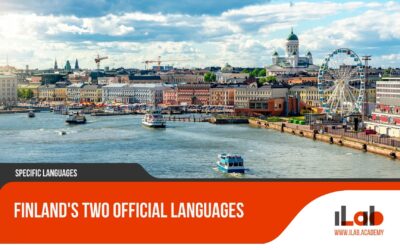Table of contentsTheoretical BackgroundMeasuring Linguistic DistanceEffects of Bilingualism on Executive FunctionsInfluence of Linguistic Distance on Cognitive EffectsStudy on Aging BilingualsResultsDiscussionConclusion Linguistic distance significantly influences bilingual cognitive benefits. When two languages are closely related, bilinguals often experience enhanced cognitive flexibility and...
Bilingualism and multilingualism
Bilingualism and multilingualism are not only the ability to communicate in two or more languages, but also represent a window into multiple cultures, ways of thinking and living. In “Bilingualism and multilingualism”, we delve into the fascinating world of people who live with more than one language on a daily basis. This skill not only has cognitive advantages, such as mental flexibility and greater problem-solving skills, but also fosters empathy and intercultural understanding. Living between languages can be a challenge, but it is also a richness that allows one to see the world from different perspectives. In this section, we explore both the benefits and challenges of bilingualism and multilingualism, as well as the stories of those who move between languages in their daily lives, building bridges and opening doors in an increasingly globalised world.
Finland’s Two Official Languages
Table of contentsKey TakeawaysUnraveling Finland's Linguistic TapestryThe Historical Path to Bilingualism in FinlandFinnish and Swedish: Language Laws and EducationCultural Expression through Finland's Official LanguagesThe Swedish-Speaking Finns: A Cultural CommunityLanguage Debates and Politics in FinlandThe Impact of Bilingualism on Integration and MulticulturalismChallenges and Opportunities...




